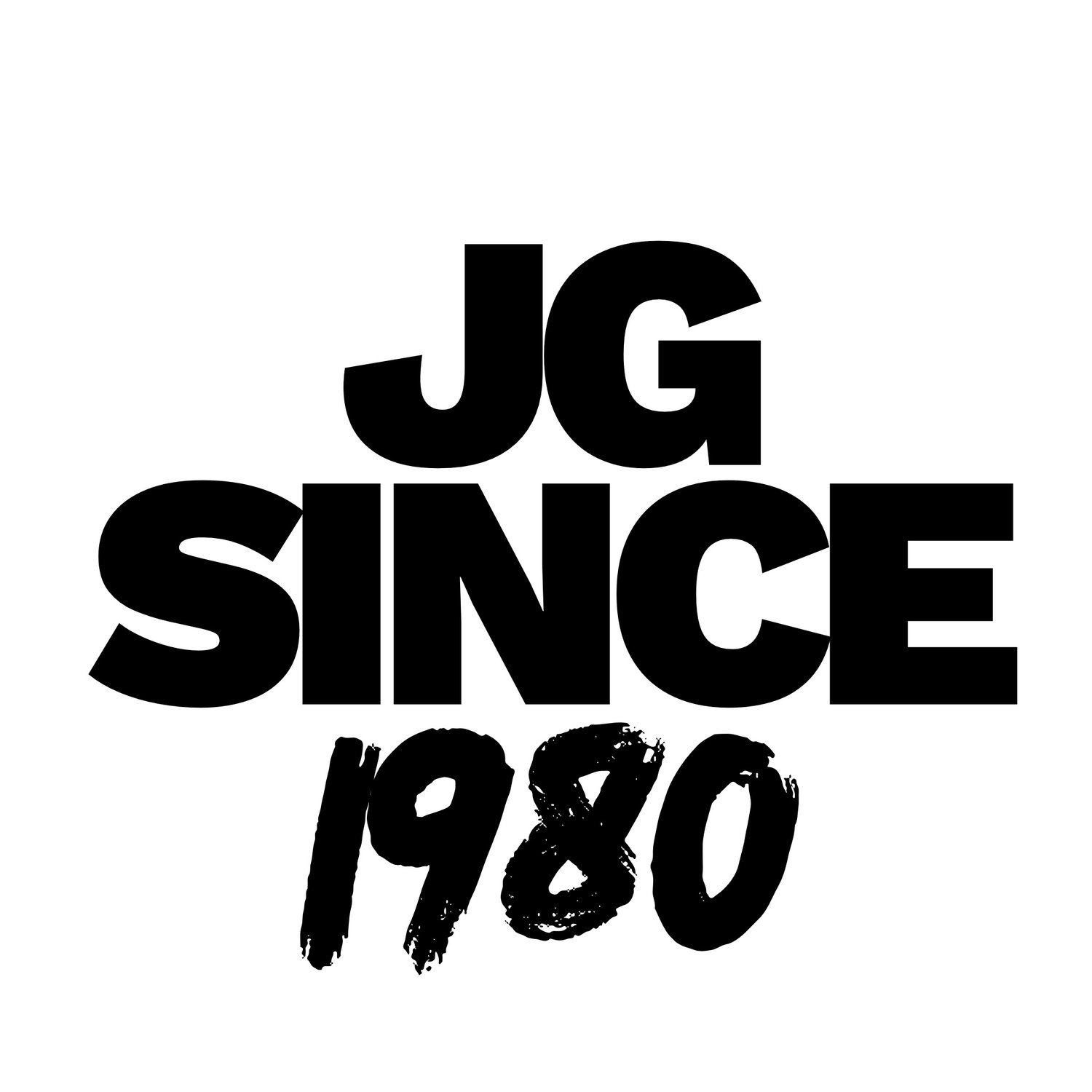Our Evolving Foundational Narrative
When we talk about “world history,” we often imagine a comprehensive record of human events, a factual map of civilization’s triumphs and failures. We picture dates, battles, rulers, discoveries and an orderly narrative of what actually happened. Yet, the reality is far more complicated. Much of what we consider history, especially from the distant past, is built on fragmentary, circumstantial, or secondary sources. By the strict definition of history as the study of past events supported by verifiable evidence these accounts often cannot be classified as definitive history. They are better understood as storytelling, cultural narrative, or myth, reconstructed from the traces left by those who lived or remembered the events. As the saying goes, “History is made by those who live to tell the tale”.
Our knowledge of ancient civilizations, for example, relies heavily on written accounts produced decades or even centuries after events, supplemented by archaeological evidence that often requires interpretation. Oral traditions, which preserve stories across generations, are invaluable for understanding cultural perspectives, but they are inherently selective and shaped by memory, politics, and social context. Even material evidence such as artifacts, ruins, or inscriptions does not speak for itself; historians must interpret it, connecting fragments into coherent narratives. The farther back we go, the greater the reliance on interpretation rather than direct observation, meaning much of what we call history is already a version of a story, polished over time.
Over centuries, events move from memory into myth. Heroes and villains become larger than life, motivations are inferred or projected, and facts are blended with legend. What survives as “history” is often what communities have agreed to preserve and retell, shaped by cultural, political, and social forces. This doesn’t make it worthless. These narratives offer insight into how societies understand themselves, but it does mean we must approach history critically, aware that certainty diminishes with time.
Ultimately, history is both evidence and narrative. It is grounded in documents, artifacts, and analyses, yet it is also inseparable from interpretation and storytelling. The paradox is that while history seeks truth, much of what we inherit is already filtered through layers of memory, myth, and reconstruction. Recognizing this does not undermine history; it deepens our understanding of it. The study of the past is not just about cataloging facts it is about questioning the stories we inherit, examining the evidence, and understanding the human impulse to make sense of time through narrative.
Copyright © 2025 Jameel Gordon - All Rights Reserved.

